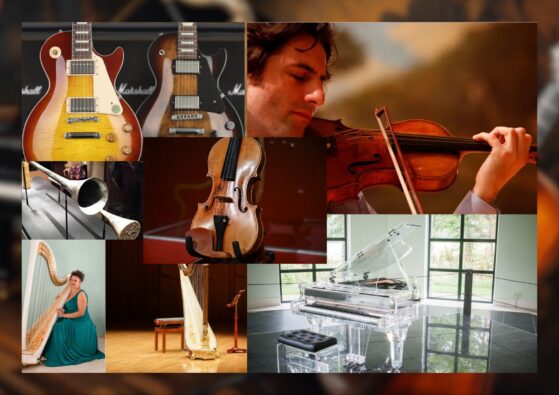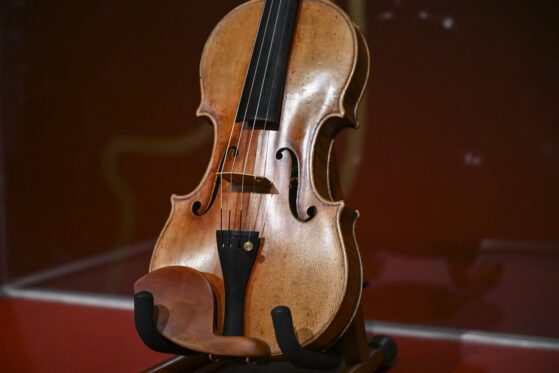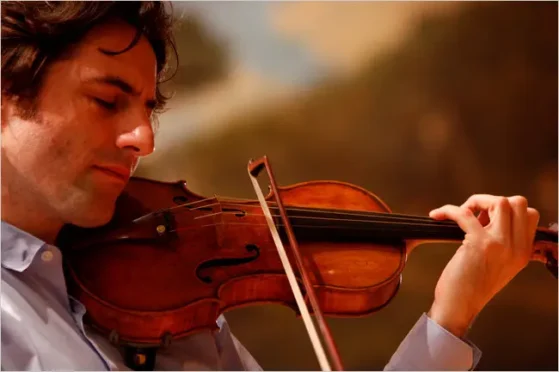
How to Improve Your Left and Right Hand Coordination
How to Improve Your Left and Right Hand Coordination
Every musician dreams of playing with both hands moving gracefully — balanced, confident, and perfectly in sync. Whether you’re a pianist, keyboardist, or any instrumentalist, mastering hand coordination in music is one of the most essential steps in becoming an expressive and skillful performer.
At The Mystic Keys, we’ve seen that many students struggle when their dominant hand overpowers the other. This challenge is completely normal. Coordination is a learned skill, not a natural one. With the right techniques, consistent practice, and guided exercises, you can train your hands to work together effortlessly.
This guide will help you understand how to improve hand coordination in music, with practical methods that bring visible progress and make your practice more enjoyable.

1. What Is Hand Coordination in Music and Why It Matters
In music, coordination means that both your hands can move independently yet stay rhythmically and musically connected. It’s the harmony between melody and rhythm, control and expression.
Improving hand coordination in music helps you:
- Play complex passages with accuracy.
- Balance rhythm and melody naturally.
- Develop fluid motion between hands.
- Build confidence in performance.
When both hands communicate seamlessly, your playing becomes smoother, more expressive, and truly enjoyable.
2. Start Slow — Precision Comes Before Speed
One of the biggest mistakes beginners make is rushing through exercises. Coordination begins with slow, deliberate movement.
- Practice scales or simple melodies at a reduced tempo.
- Focus on even rhythm between both hands.
- Gradually increase speed only when you feel balanced.
At The Mystic Keys, our students are encouraged to slow down during practice. It helps build muscle memory and control, which form the foundation for advanced coordination later on.
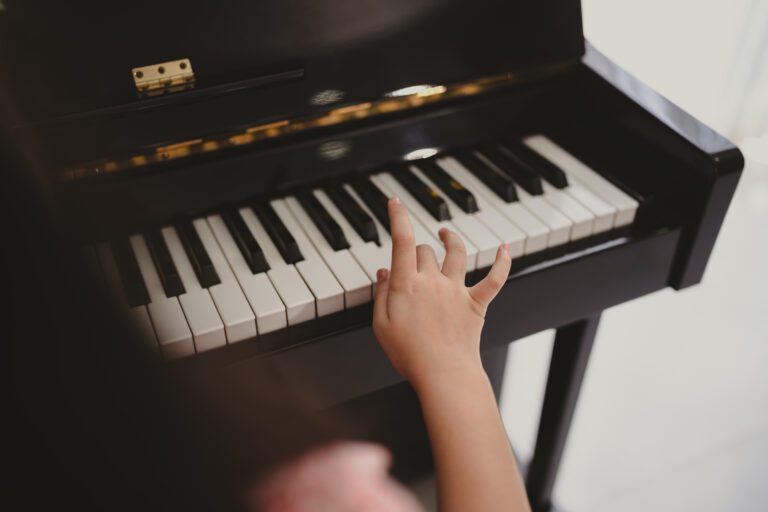
3. Strengthen Each Hand Separately
Before expecting your hands to work together, strengthen them individually.
- Practice simple warm-ups for the left hand — slow chord progressions or bass lines.
- For the right hand, try melodic scales or arpeggios.
- Once each feels comfortable, play both hands together slowly.
This focused approach develops independence, balance, and confidence between both hands.
4. Focus on Rhythm and Timing
Rhythm is the heartbeat of coordination. Even the most skilled musicians rely on rhythm to stay centered.
Use tools such as a metronome to build consistency:
- Begin at a slow tempo (60–70 BPM).
- Keep both hands aligned with the beat.
- Increase gradually as accuracy improves.
At The Mystic Keys, we often introduce rhythmic ear training to our students. It helps them internalize timing so coordination feels natural — not mechanical.

5. Practice Hand Independence
True coordination means each hand can perform a different role without disrupting the other.
Try this simple exercise:
- Play a steady rhythm (like quarter notes) in your left hand.
- Add a melody pattern in your right hand on top.
- Switch roles after a few repetitions.
You’ll soon notice your brain adjusting to control each hand independently — a vital skill for expressive playing.
6. Visualization: Mental Training for Better Hand Coordination in Music
Your mind is the control center for coordination. Visualizing movements before you play them helps improve response and awareness.
- Close your eyes and imagine both hands moving smoothly across the keys.
- Mentally rehearse the patterns before practice.
- Feel the rhythm and motion even without touching the instrument.
This method builds stronger neural connections, helping you achieve smoother hand coordination in music during actual play.
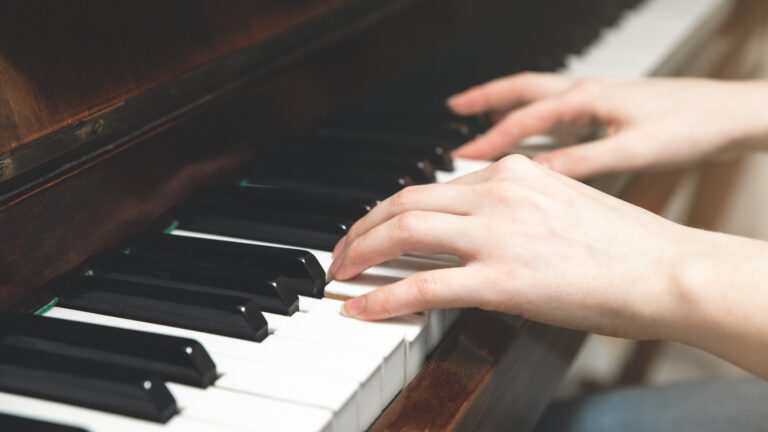
7. Stay Relaxed and Natural
Tension can break coordination instantly. Keep your shoulders relaxed, wrists flexible, and fingers curved.
If you feel stiffness:
- Pause and stretch.
- Shake your hands lightly.
- Resume only when your movements feel effortless again.
At The Mystic Keys, we remind students — relaxation leads to control. A calm body creates fluid, connected movement between both hands.
8. Learn Songs That Strengthen Coordination
Music is the best teacher. Choose pieces that naturally challenge both hands while staying within your ability level.
Beginner-friendly examples:
- “Ode to Joy” – Beethoven
- “Twinkle, Twinkle, Little Star” (arranged for two hands)
Intermediate:
- “River Flows in You” – Yiruma
- “Canon in D” – Pachelbel
Advanced:
- “Fur Elise” – Beethoven
- Jazz chord progressions or improvisation exercises
Learning real pieces helps apply technical drills in a musical, enjoyable way — keeping you motivated and improving coordination simultaneously.

9. Practice Hands Separately, Then Together
A proven method used in Mystic Keys’ online lessons:
- Learn the right-hand part thoroughly.
- Learn the left-hand part until it feels comfortable.
- Then combine both — slowly at first.
This “separate-then-together” approach ensures both hands understand their roles before merging into full coordination.
10. Record and Review Your Practice
Recording yourself is one of the simplest yet most powerful ways to grow.
When you listen back:
- Identify uneven timing or imbalance.
- Notice if one hand is dominating the other.
- Focus on those areas next session.
Hearing your own progress helps you self-correct and stay motivated.
11. Build a Daily Coordination Routine
Consistency matters more than duration. A 20–30 minute daily routine can create visible progress.
Here’s an effective pattern we recommend:
- 5 minutes: Slow warm-up scales (both hands)
- 10 minutes: Left and right hand independence drills
- 10 minutes: Practice with a metronome
- 5 minutes: Play one coordination-focused song
This keeps your hands active, responsive, and balanced over time.
12. Join Guided Lessons for Faster Growth
While self-practice is valuable, expert guidance can accelerate your improvement.
At Mystic Keys, our instructors personalize coordination exercises for each student based on their strengths and challenges.
Through online sessions, you’ll receive:
- Step-by-step drills to balance both hands
- Feedback on posture, timing, and movement
- Song-based exercises that make learning fun
Learning under a structured system helps you overcome plateaus and enjoy steady progress.
Conclusion
Mastering left and right hand coordination transforms not just your technique, but your entire musical expression. With patience, slow practice, and mindful training, your hands begin to move together as one — confident, balanced, and free.
At Mystic Keys, we believe every student has the ability to achieve this harmony. Our guided online sessions focus on building hand coordination in music through proven methods, fun exercises, and personalized feedback.
If you’re ready to feel that connection between both hands — the moment when music flows effortlessly — join us at Mystic Keys and begin your journey toward expressive, confident playing.
For more information and exciting resources about learning music, visit our website at The Mystic Keys. For more music content and exciting offers follow us on
Facebook, Instagram, YouTube, LinkedIn, Twitter, Pinterest, and Threads.









